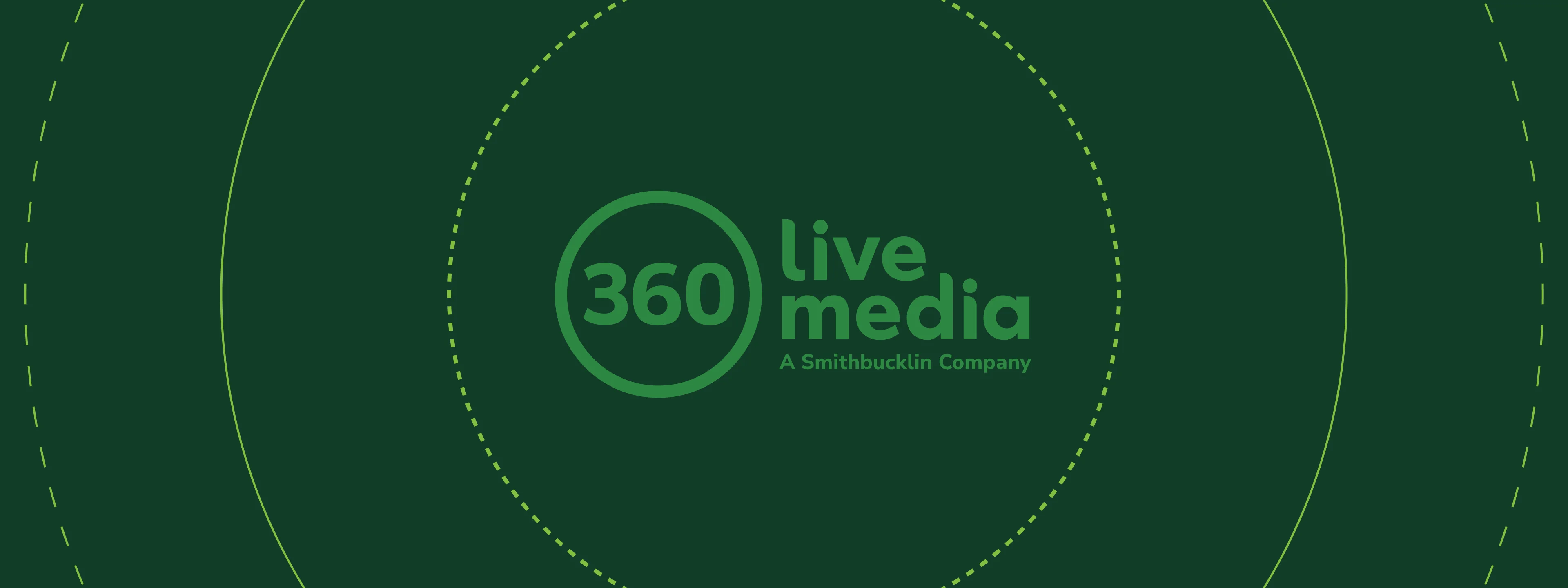
Good News for Planning Your Next Hybrid Event
What Does “Omnichannel” Really Mean Anyway?
It’s a big buzzy word, that sounds intimidating and difficult to pull off.
All omnichannel means is providing flexible options to meet your customers where they are. Events, publications, social media – these are all channels for your content. It’s about taking a holistic and organized approach to your organization’s output.
And here’s the secret good news: associations, institutions, and societies already are omnichannel!
The problem is most organizations don’t really know their audiences, and don’t really understand what they expect and how they expect it. In addition, many organizations are organized around legacy lines of operation, working independently, which results in silos and separation. Without a coordinated approach to organizational content, audiences are left to fend for themselves, picking through vast amounts of ideas to find what they need, or going to other, more attractive, better organized sources of information. Many times, these are for-profit companies, who have the budget and the marketing expertise to draw dollars away from your membership and into their pockets.
Without a coordinated and crafted omnichannel approach, associations, institutions, and societies are in danger of at best, becoming irrelevant, and at worst, disappearing for good.
Why Omnichannel?
John Antioco, the CEO of Blockbuster, was known for fixing struggling companies. He was at the top of his game when he met with Reed Hastings, Barry McCarthy, and March Randolph, who proposed a merger with Netflix, which would bring an online component to Blockbuster’s offering. What was Antioco’s reaction? He laughed.
Four years later, Blockbuster introduced its own online DVD rental service, but it was already too late. Netflix had a patent and more than 1 million subscribers. That momentum carried the company to sign streaming deals with major entertainment labels and the rest is history.
One could forgive Antioco for not buying into the dot.com boom, or even for not taking seriously the startup guys in their shorts and t-shirts. Neither of these were the mistake he made.
Jobs to Be Done
The Jobs to Be Done theory is based on the simple idea that a customer “hires” a product to do a job for them – to accomplish a certain thing that enhances their lives in some way. Well-known in the corporate world, it is often overlooked in the non-profit space.
As a consumer, who is looking to be easily entertained on a Friday evening, which of these two models does that job better for you:
And this is all before online streaming was introduced. And Netflix used the resulting data to build original content and create omnichannel platforms that changed the way we consume entertainment.

Now pause for a moment and think about how the left column currently mirrors most association, institute, and society models.

And this is all before COVID required that we learn how to create successful digital events and introduced an easy way to collect data on audiences that can inform how we build the right channels, to do the right jobs, for the right audiences.
A Six-Week Plan to Get Started

Conclusion
We cannot predict the future, but by understanding what jobs our audiences need to be done, and where, when, and how they want to do them, we can ensure that our organizations are delivering the right value, in the right way, at the right time.
There’s a new era for events and we’re here to help you create unforgettable experiences. Get the full details today.
Explore Our Latest Insights
Stay updated with our latest blog posts and trends.

360 Live Media Expands Capabilities
360 Live Media announced an expansion of their capabilities to provide end-to-end event growth solutions for trade show and conference organizers.

5 Strategies for High-Connection Events
Events designed around developing social capital between attendees will be ones that offer standout experiences.

Why Event Planner Jobs Are Climate Jobs
Learn five ways for planners to embrace the “every job is a climate job” perspective to design more sustainable events and move the industry forward.
